Daito Manabe is sitting at his desk in his studio in the Shibuya district of Tokyo, surrounded by books. There’s at least a dozen of them on the table, and hundreds of volumes on the shelves behind him. Whenever the musician isn’t traveling around the world, working on different commissions, he fills his time reading about maths, physics, and philosophy.
As a former DJ, Daito has now established himself as a talented programmer, engineer and media artist working with many well-known artists, including Björk, Nosaj Thing, Squarepusher and FaltyDL. At just ten years old Daito started programming, before turning to DJing as a teenager. Later, he further nurtured his passion for music in his work as a sound designer and jazz musician, and through his studies at the Institute of Advanced Media Arts and Sciences / International Academy of Media Arts and Sciences (or IAMAS) in Japan. It was here that he met his longtime collaborator Motoi Ishibashi.
After school, Daito started working as an interaction designer, lecturer, and an engineer, and in 2006 he founded a media arts company, Rhizomatiks, “to foster collaboration between media art, industry, and business.” The company received widespread attention for the project ‘electric stimulus to face’, in which Daito and his collaborator Masaki Teruoka created a system that allows one person to control another’s movements via sensors and electric stimulation. Today, Daito creates art performances, interactive installations (he prefers to use light and sound, rather than on-screen graphics) and theater projects. He often uses industrial technologies like robotic arms, drones and lasers. He is also interested in VR and AR: one of his recent projects, ‘border’, is a dance performance using AR-headsets.
Alongside his artistic projects, Daito is also well-known for his experimental brand collaborations. He helped to create the famous Free Run+ campaign for Nike: in the viral video, running shoes are utilized as musical instruments. Another influential project, “Sound of Honda / Ayrton Senna 1989”, won the prize at Cannes Lions in 2014. Most recently, Daito has worked with Gucci and Louis Vuitton to create hi-tech installations.
We sat down to discuss Daito’s work at the intersection of different disciplines and his approach to both artistic and commercial projects.
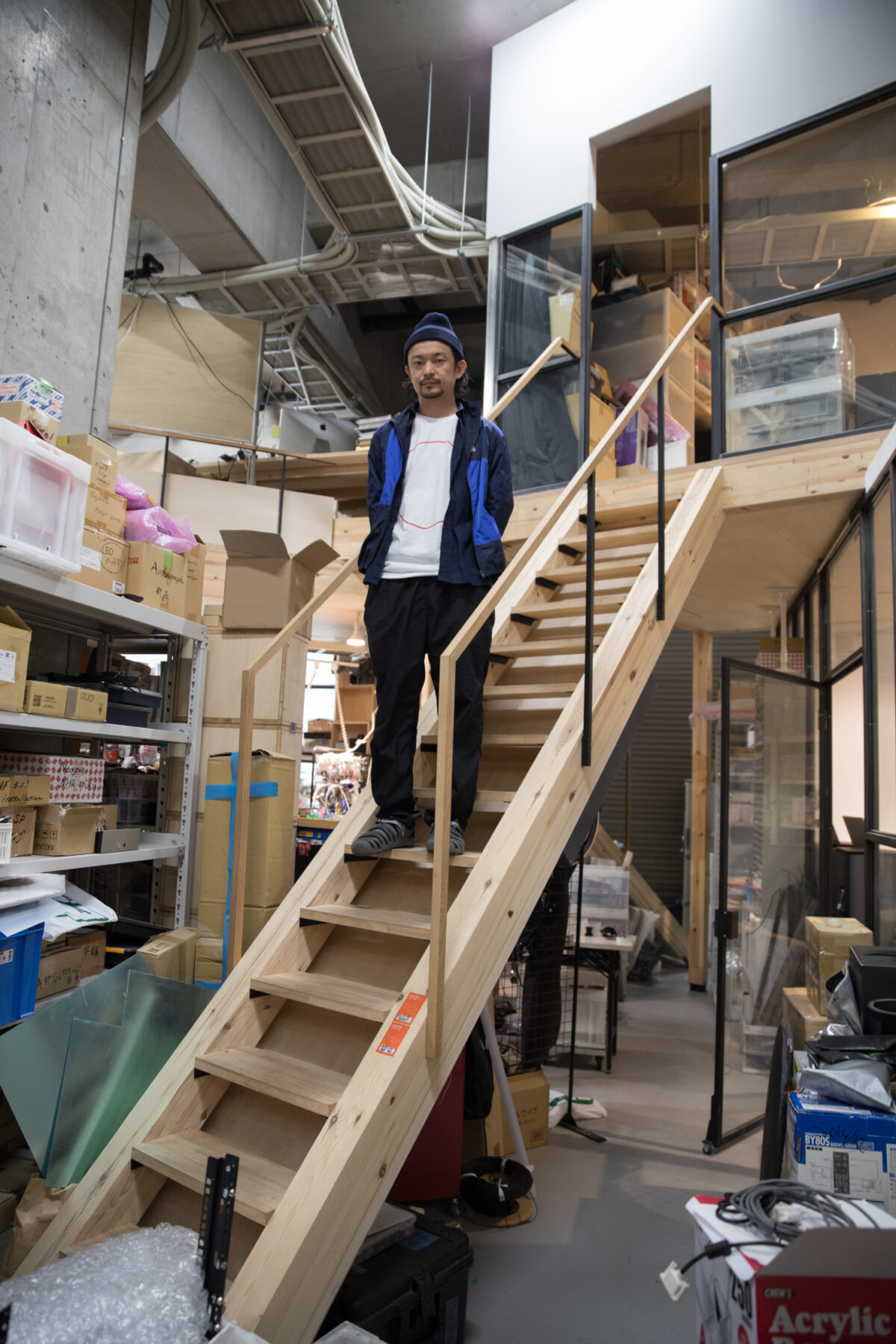
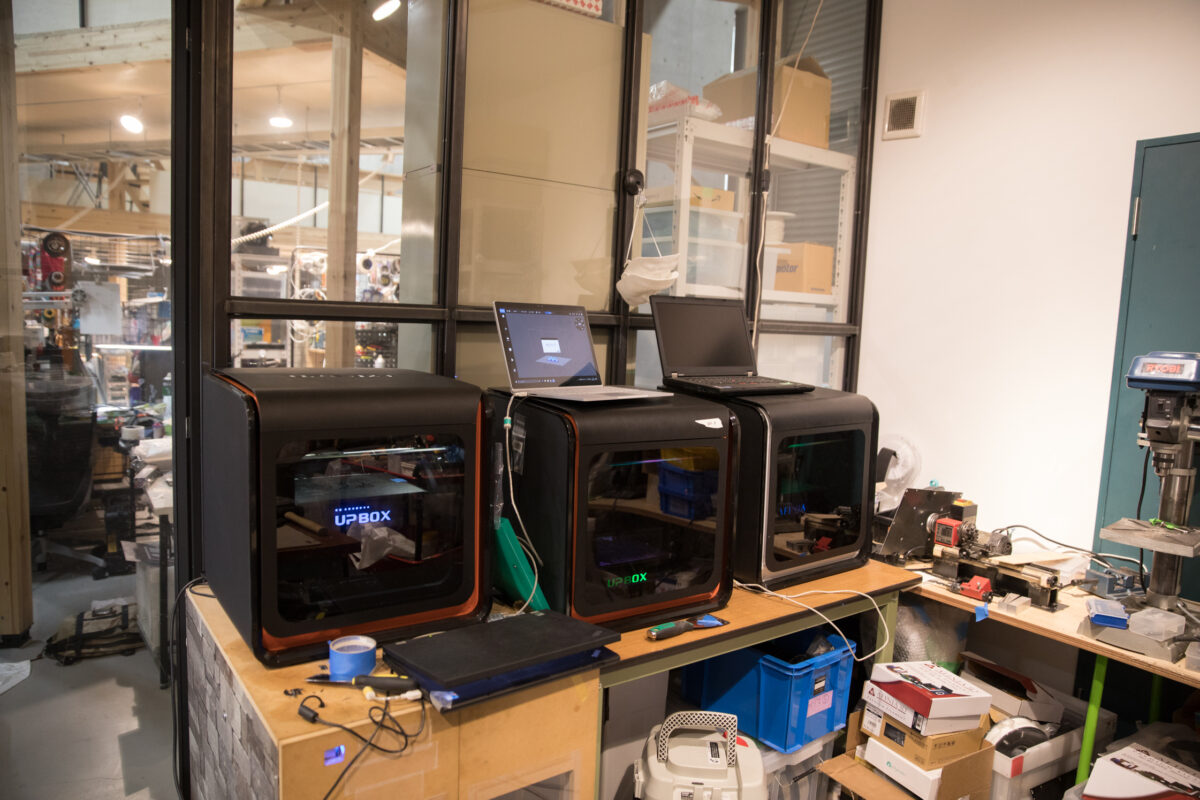
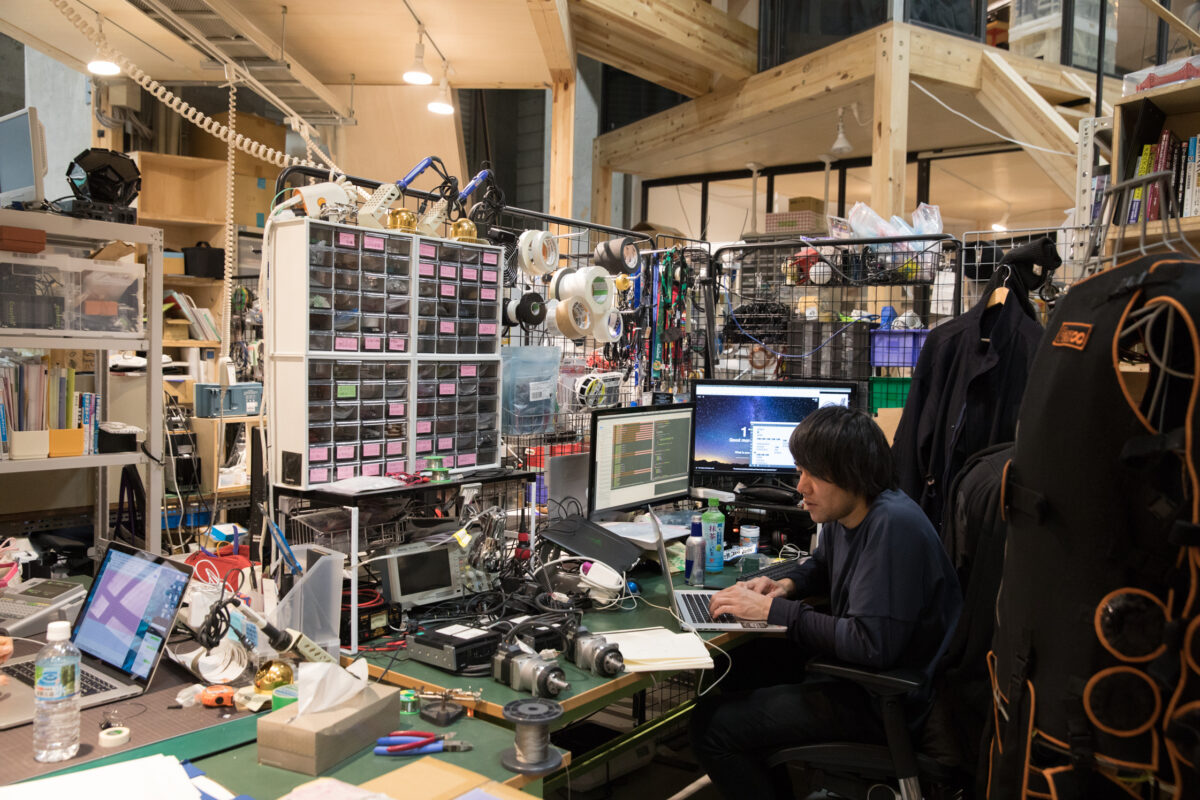
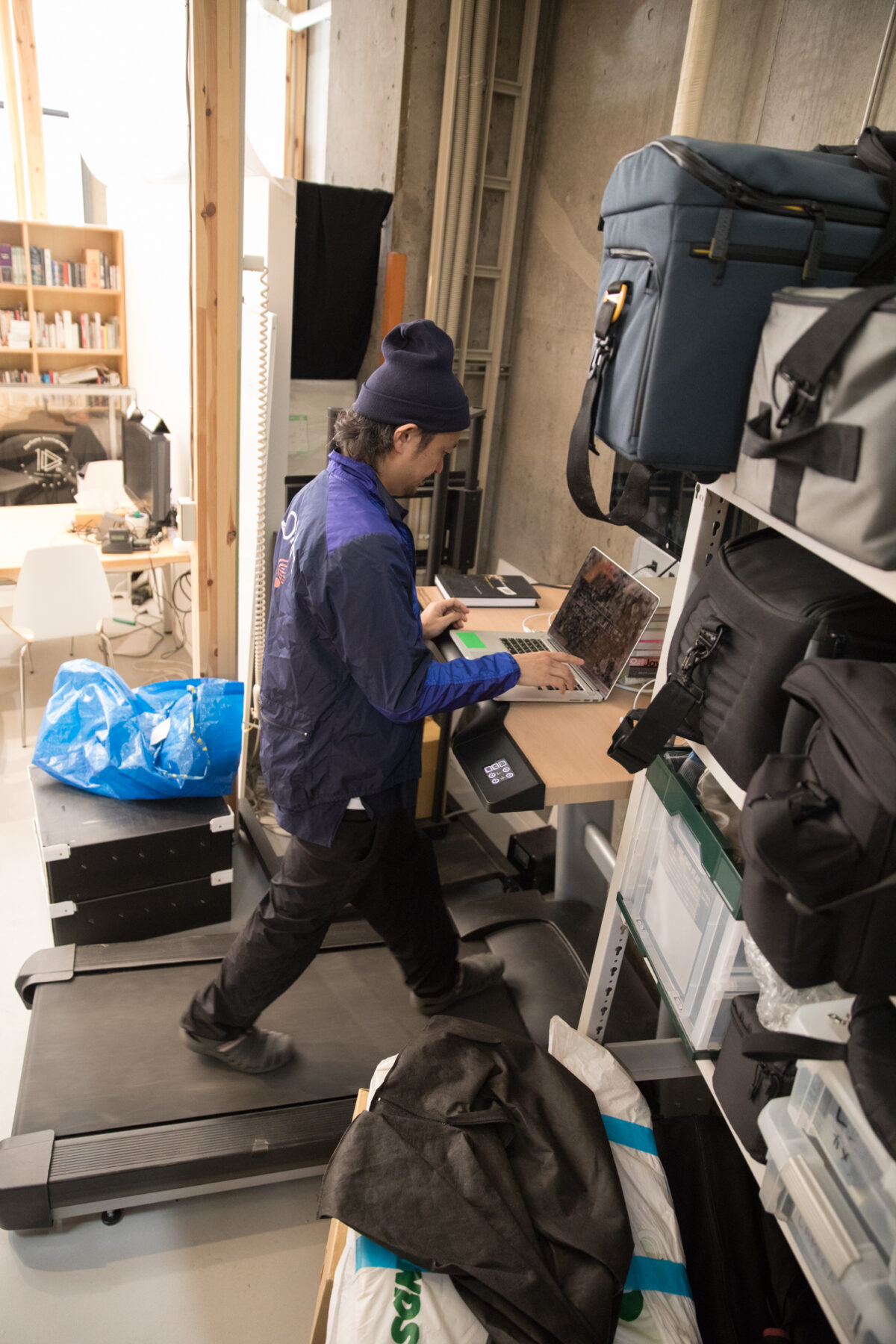
-
What have you learned from your collaborations with musicians like Björk?
It was an amazing experience: since I was a student, I dreamed of working with her.
First, we had to show Björk what we can do. So we went to London and brought our equipment, and then we showed our artworks to Björk. It was a real demonstration rather than a keynote slides, so that she could see everything. Björk wanted to understand what she can do with the systems we built. So we did some brainstorming.
The first time, I worked with Bjork [as] a technical video engineer, and for the second time, I was responsible for the lighting system and visual design, but also technical direction. It was a real time 360 AR video live streaming show at Miraikan Museum in Tokyo, Japan. It was an augmented reality live streaming show. I was responsible for the light show and visual design. We worked more closely, and she came to our studio and had a rehearsal. It’s great that she was very open to different opinions and she always asked everybody what they think.
-
Are there any differences between art and commercial projects?
Who will make decisions? That is the biggest difference. Also, there are more unexpected challenges in commercial projects than in art projects. This happens because the budget is [large], but the development period is always much shorter—usually a couple of weeks. ‘Sound of Honda’ was an exception: we had more time to develop it because it was quite challenging to create the installation using light.
When I’m doing commercial work, the budget, the schedule, and the subject are often clear, and we are constantly thinking how to achieve our goals more efficiently. Art projects [are] self-initiated, so we will experiment with the meaning as well as with implementation.
“The concept has to remain unchanged. All motivation to produce the work comes from the concept.”
-
Please, tell us about your recent work ‘border’. How did you get interested in VR and why did you choose this title for your work?
‘Border’ is not exactly a work of VR, it is [more] a work of both AR and VR. It goes back and forth between the real and the virtual world. I chose this name for the artwork because I wanted to blend the boundary between the audience and the stage. The members of the audience wear the AR-devices and ride a computer-controlled wheelchair, so their experience of the work is completely controlled by the system. This experience includes not only the image and sound but also floor vibrations, touches by the dancers, perfume scent… It all blurs the boundary between reality and the virtual world.
-
Can you describe the process behind such large-scale artworks like ‘border’?
During the main stage of production, I participated in the direction process by making a concept with the director and choreographer MIKIKO and my collaborator Motoi Ishibashi. At first, the concept was very abstract, and we didn’t know how the work would evolve. We first decided that we want to explore borders between the audience and performer, the virtual world and the real world. Then we started searching for more specific ideas.
Usually, the concept comes first. Of course, you can generate a lot of ideas, and there are technologies that you would like to use during production. However, the concept has to remain unchanged. All motivation to produce the work comes from the concept.
-
You experiment a lot with different techniques and technologies, and it seems that your works require a lot of research and special skills. How do you keep up with all the new things happening in your sphere?
When you can use C ++ and Python, you can handle many libraries, and I think these skills are very useful for my research. It is important not only to read the papers but also to try to implement your knowledge.
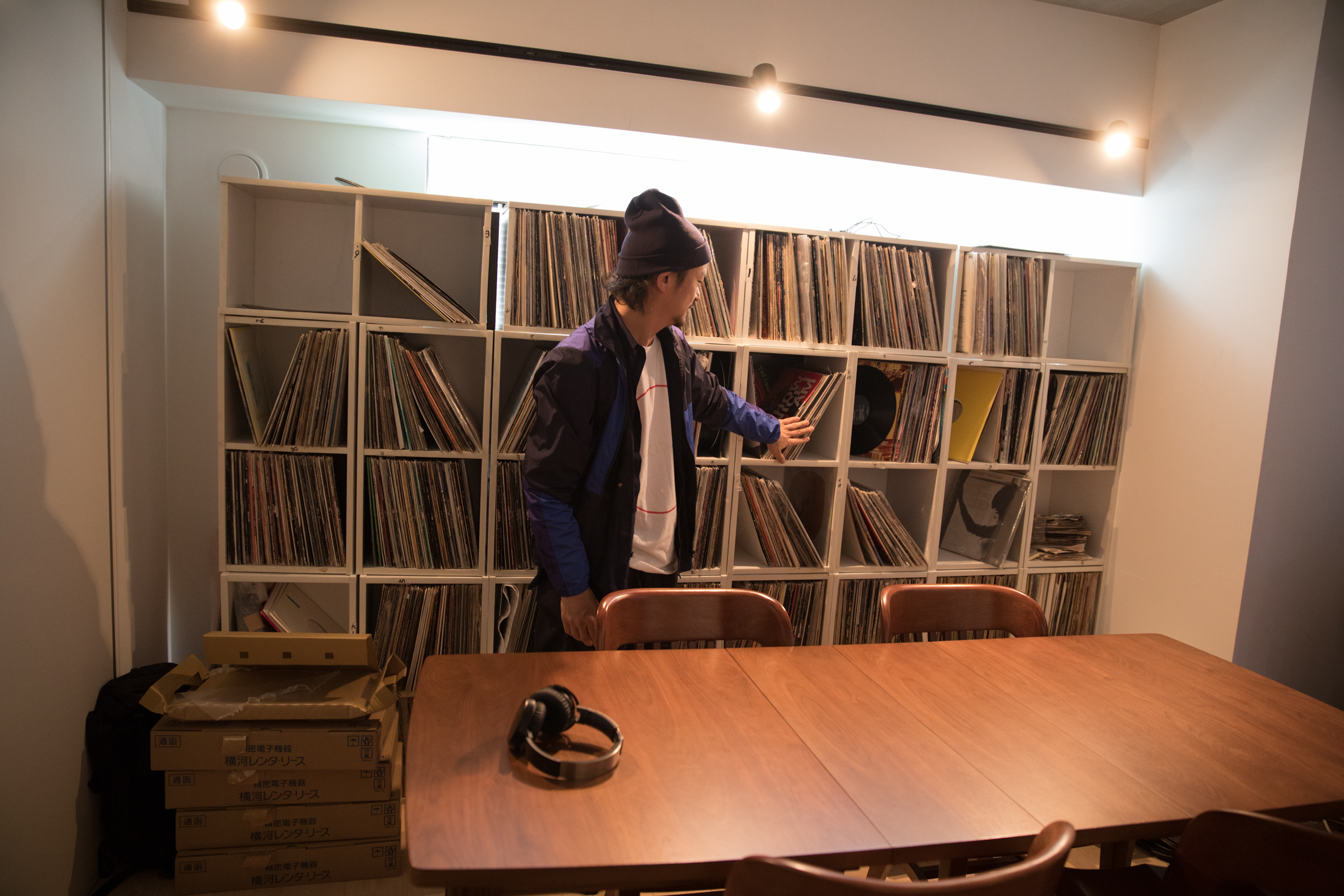
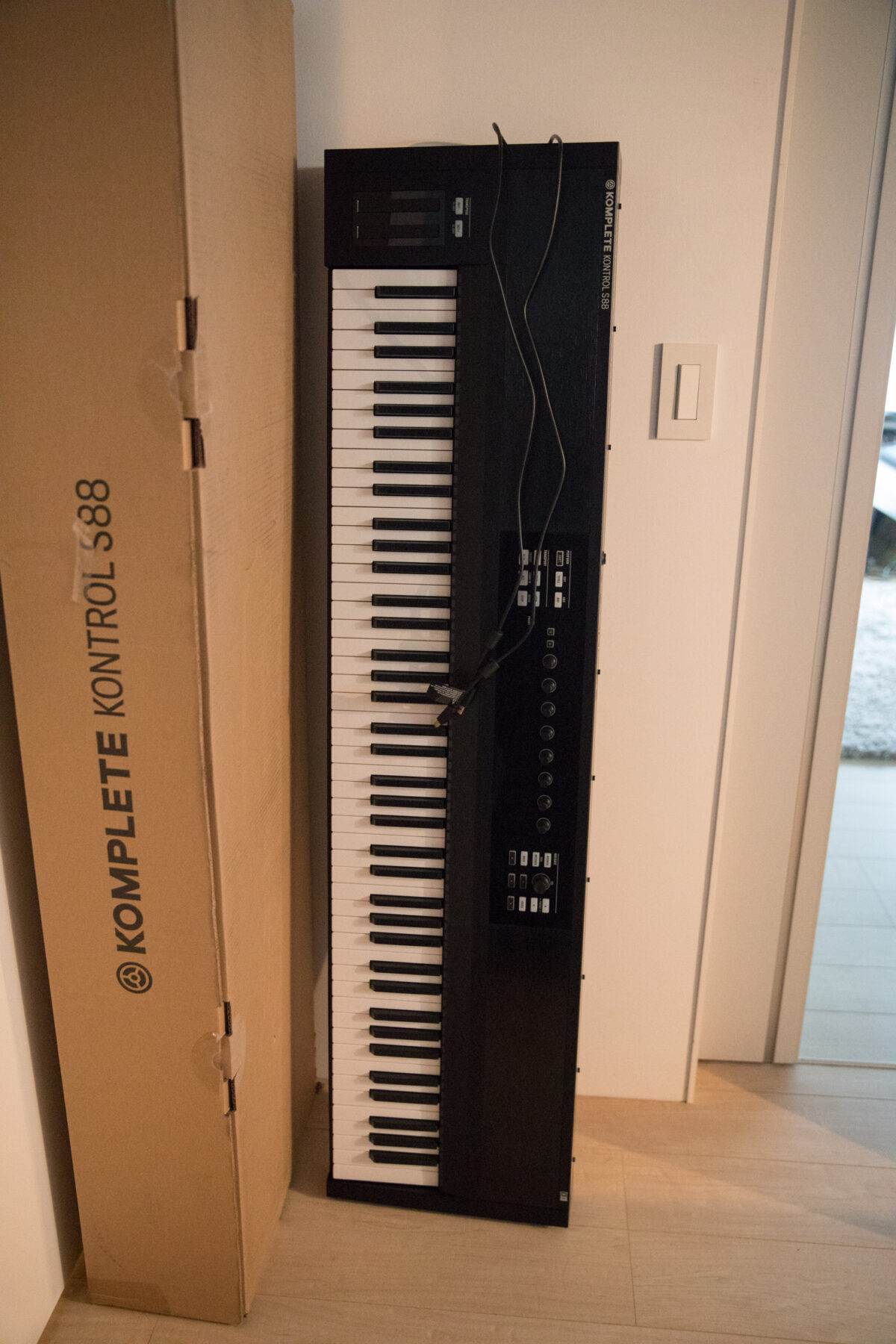
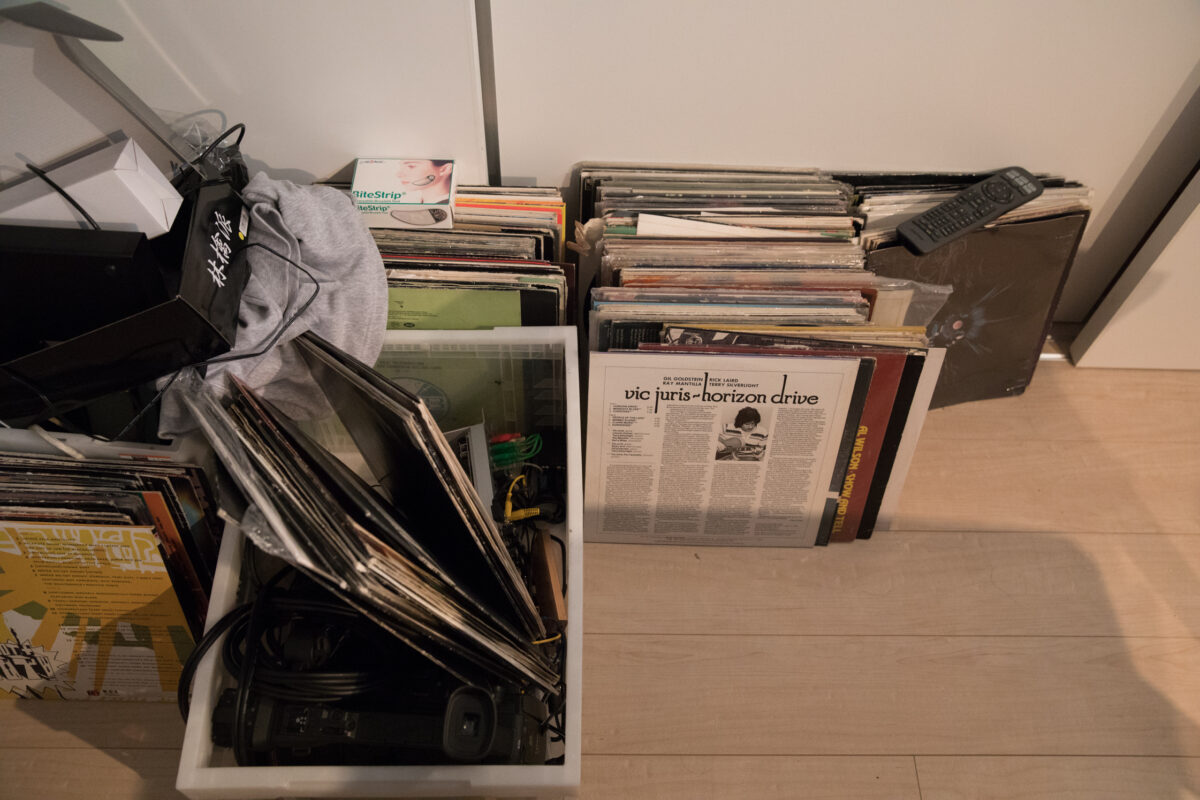
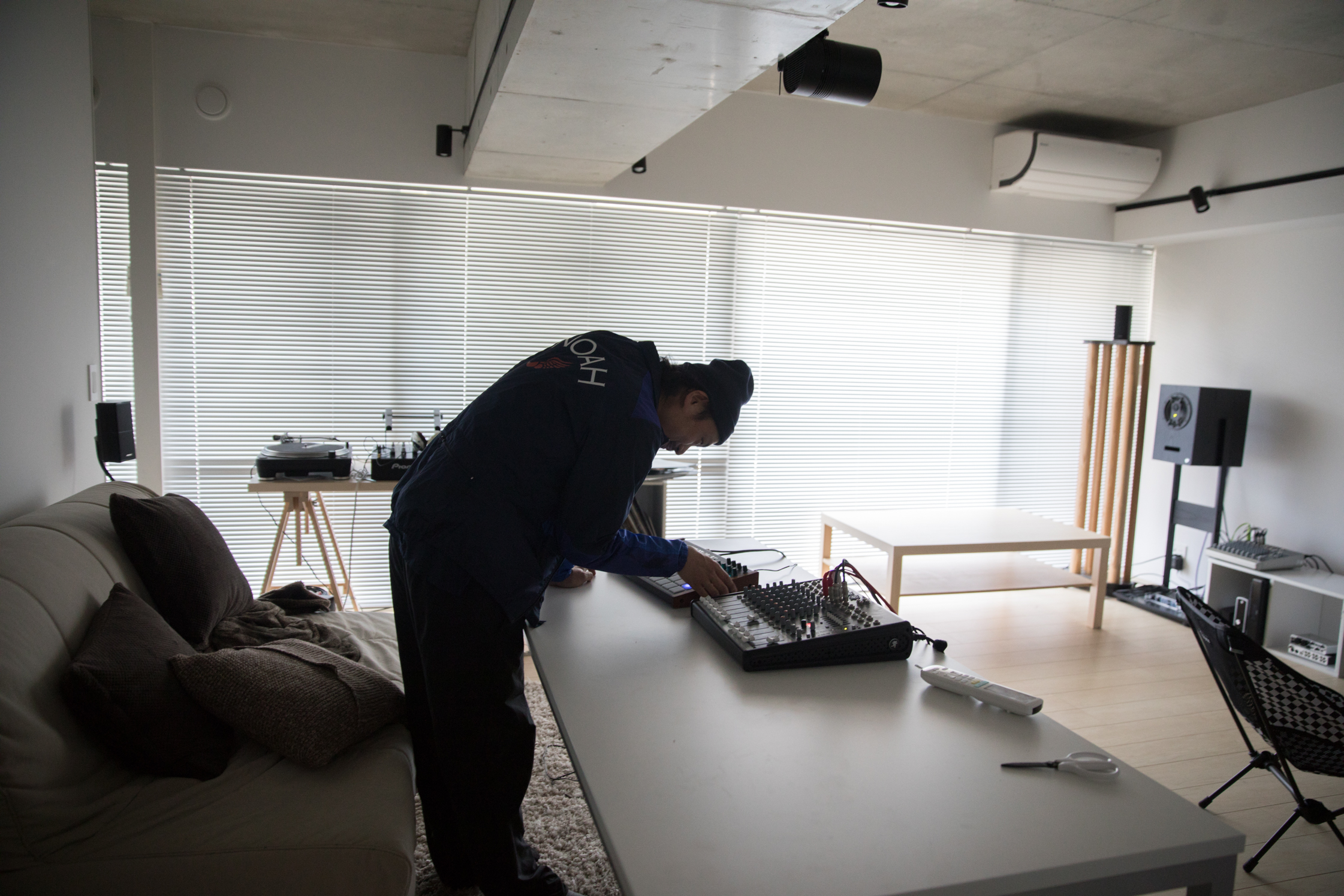
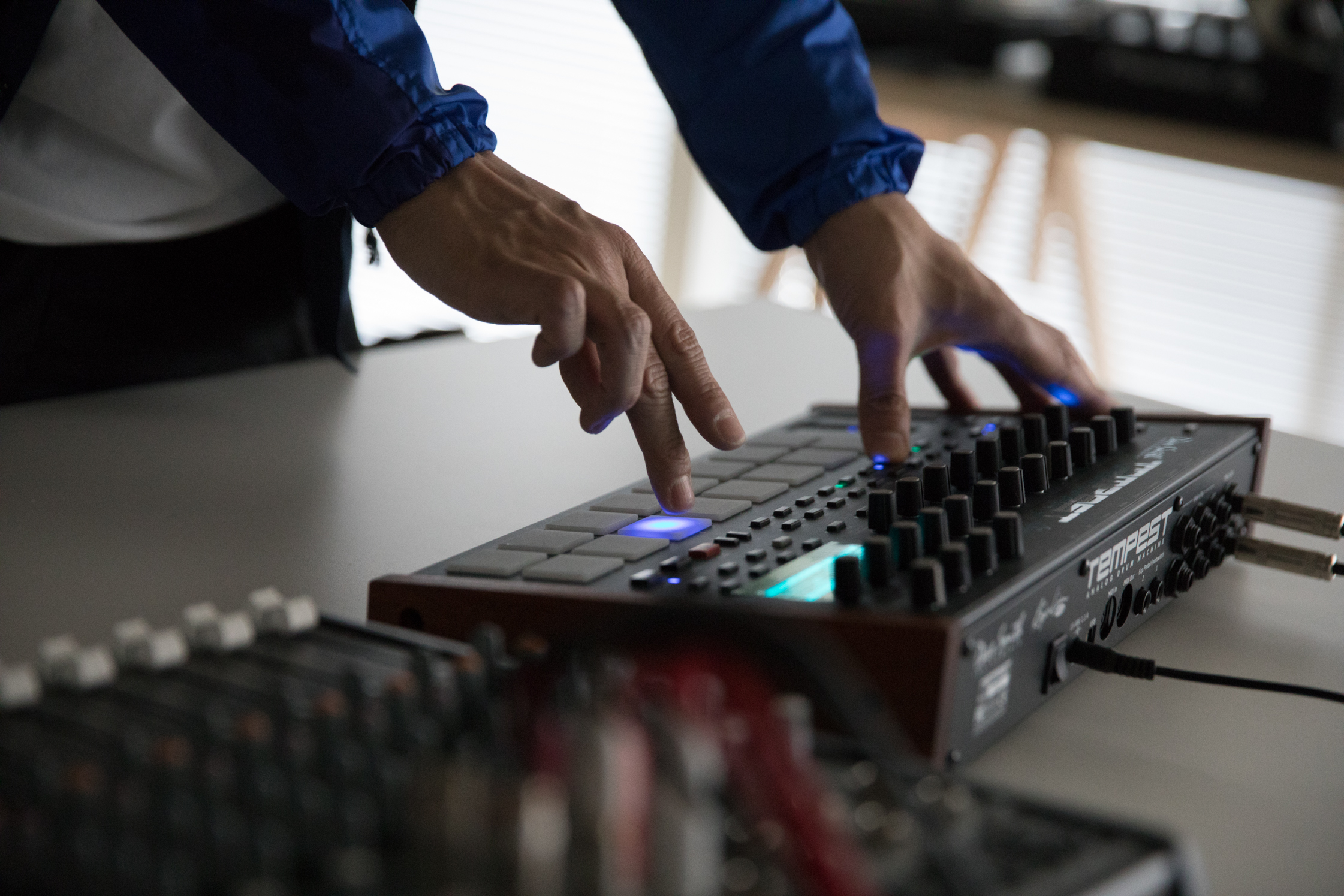
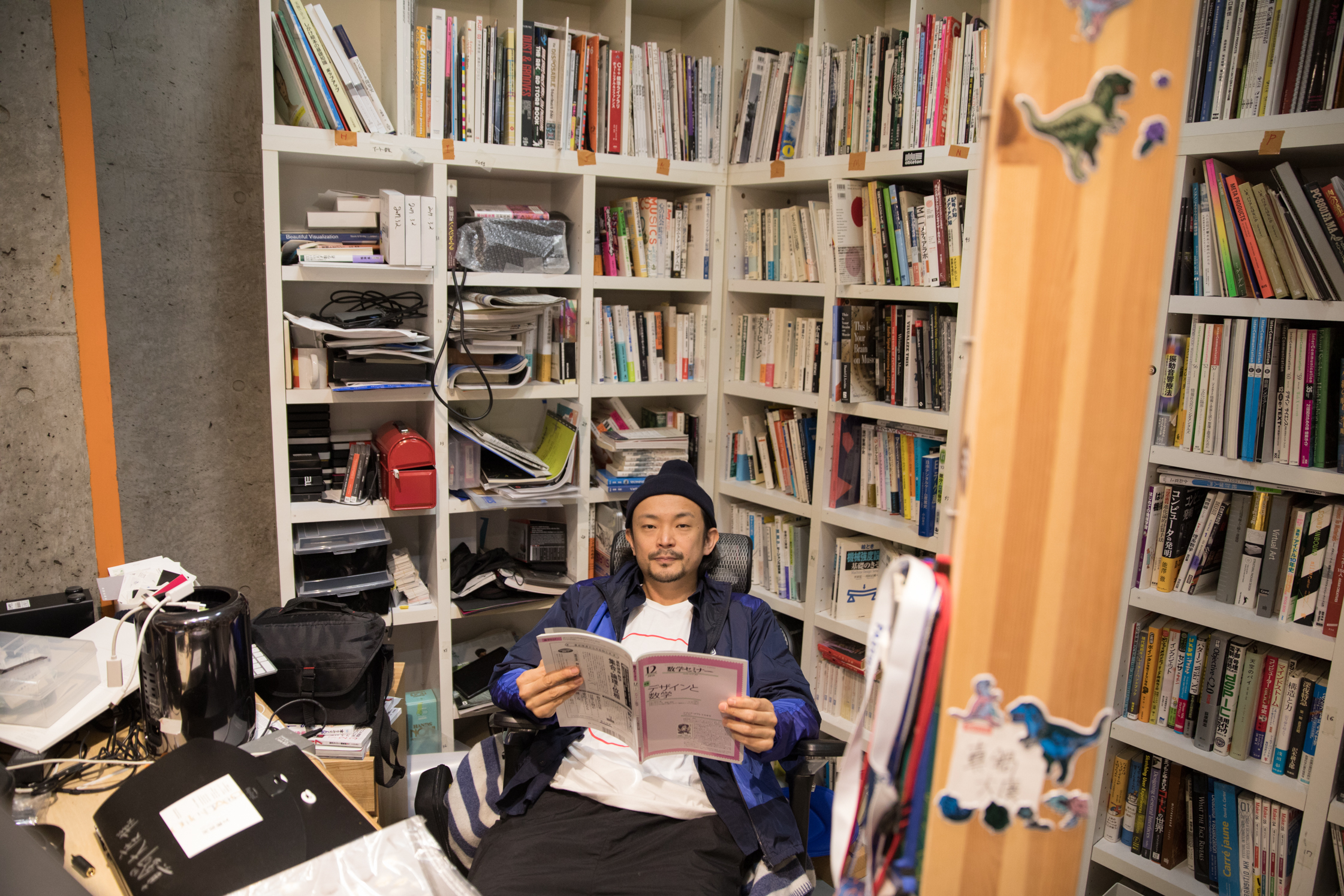
“Tokyo is very convenient for me because I can get almost anything including good food 24 hours a day.”
-
Does Tokyo influence your work? How did the city’s club scene shape you as an artist?
Tokyo is very convenient for me because I can get almost anything including good food 24 hours a day. It is very unique that it is possible to go all the way through the city and see very different neighborhoods like Shibuya, Harajuku, Shinjuku, Akihabara, and Ueno. The club scene in Tokyo remains a little bit behind compared to other cities in Asia, so I feel that there is still a lot of possibility for growth. I think that I would like to make it more interesting, rather than being influenced by it.
-
Who are your favorite media artists in Japan? Is it important for you to have a community of friends and collaborators?
Dumb Type and Toshio Iwai [have really influenced me]. I would say that I am a interaction designer rather than a pure media artist and also I don’t need to define myself, but I was also influenced by the ideas of Nintendo’s producer Gunpei Yokoi. I also communicate a lot with musicians and fashion designers, and I often do DJ sets together with them in clubs and bars in Ebisu and Shibuya.
“It’s all about collaboration. Sometimes I work with artists, sometimes I work with scientists.”
-
What do you do when you are not making art?
Reading or listening to music. I read a lot about not only art or engineering but also stories with math. Recently, I read an amazing book about the relationship between maths and [the] body. It turns out that maths started from counting and using fingers, then people added categories and went into more abstract terms. I also check out underground music at Band Camp.
-
Once you said that you want to teach more. Are there any plans to work with students?
There are plans to do some projects this year. I’m going to have a workshop at the Keio University this year. We will use a medical device for functional magnetic resonance imaging, which can scan the brain. Then we will collect these images and use some machine learning techniques to make some artworks. I don’t have a clear idea what we are going to do, it’s an experiment both for students and for me.
-
Can you give an advice for people who want to work in your field?
It’s all about collaboration. Sometimes I work with artists, sometimes I work with scientists. My background is in music and maths, and that’s why I make this type of project. Your training is very important.
Daito’s complex, interactive design and choreography work
From augmented reality to drones and electrical stimulus to the face
“It would be great if [we could use] the data from the deep part of the brain a little more freely.”
-
What would you like to create, but are still limited by existing technology?
It would be great if [we could use] the data from the deep part of the brain a little more freely. I’m also looking forward to creating new technologies that will enable us to give a signal to the brain from the outside devices. These ideas and implementations already exist but you need to use large machines.
-
What will you do next?
I’m thinking about making primitive works focusing on the evolution of mathematics. I [will] try to draw processes from numbers, figures, solids, the birth of computers and artificial intelligence with choreography and music. Now it’s just in my head, so I need to think how and where to show this piece.
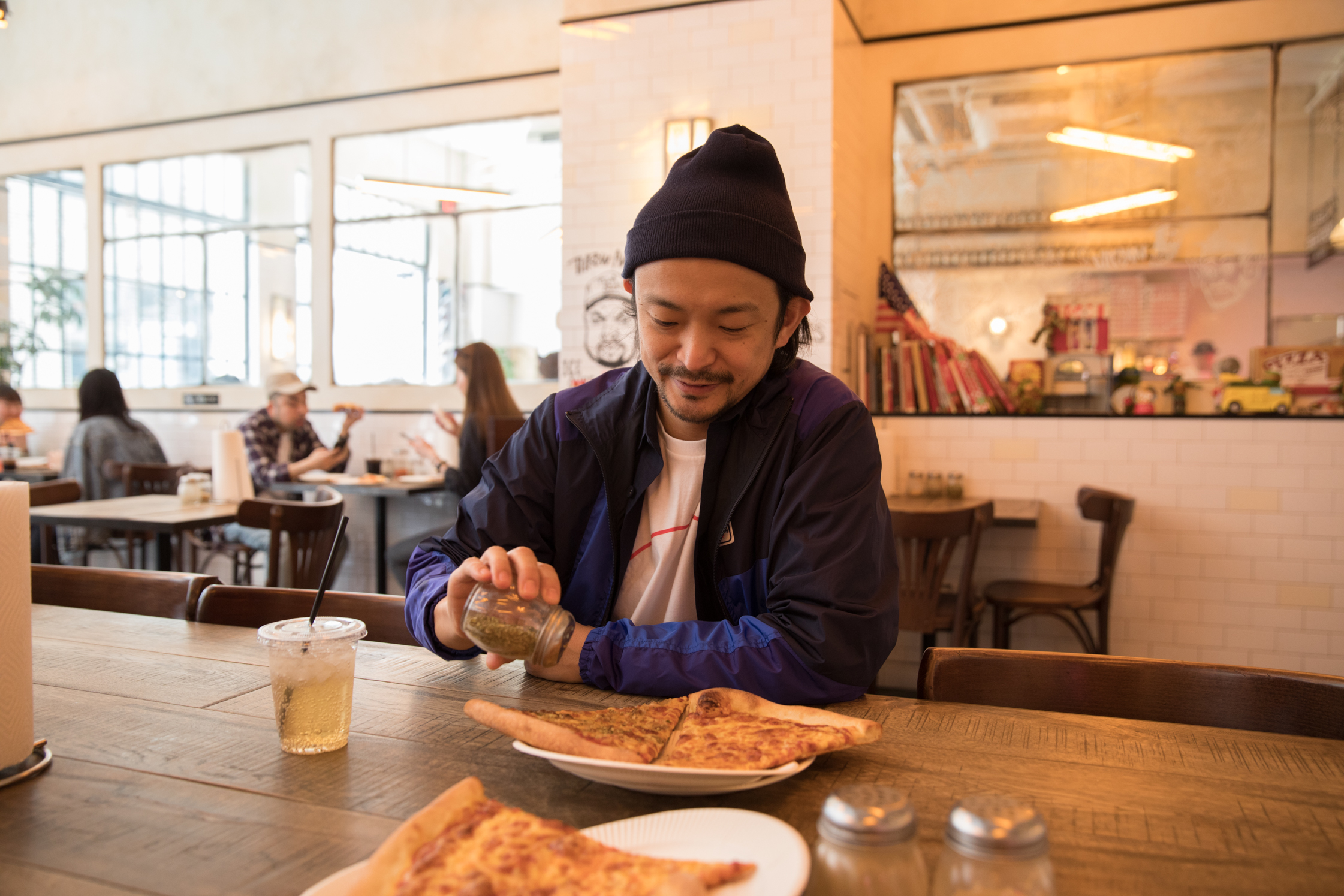
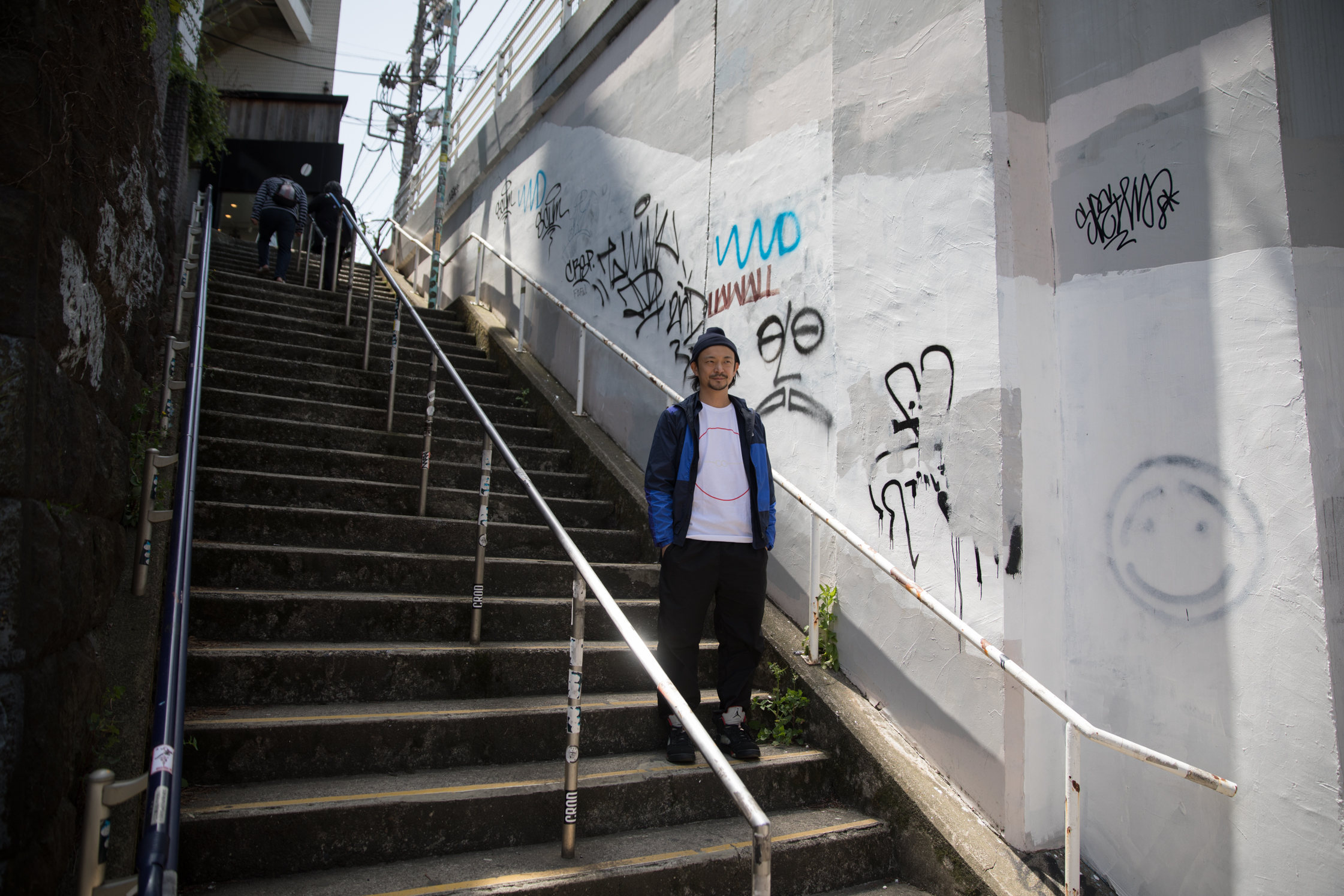
For more of Daito’s music, check out his collection featured on Bandcamp here. If you’re in the city, see more events and guest lectures taking place at Keio University where Daito will hold his workshop here.
Interested in the work of Daito and where he draws inspiration from? He told us that his mentors are Yugo Nakamura and Yasuyuki Okamura (he likes their work Boo-Shaka LOOP). For further information about the way that Daito is effecting wide scale social change through collaborations between art, media and industry, visit Rhizomatiks—the company he founded in 2006. You can follow his video exploits via his YouTube channel here, keep up to date with his daily goings on via his Instagram here, and see all of his work online here.
For more stories from FvF in Tokyo see here, or travel to other cities around the globe here.
Text: Anna Savina
Photography: Motohiko Hasui
